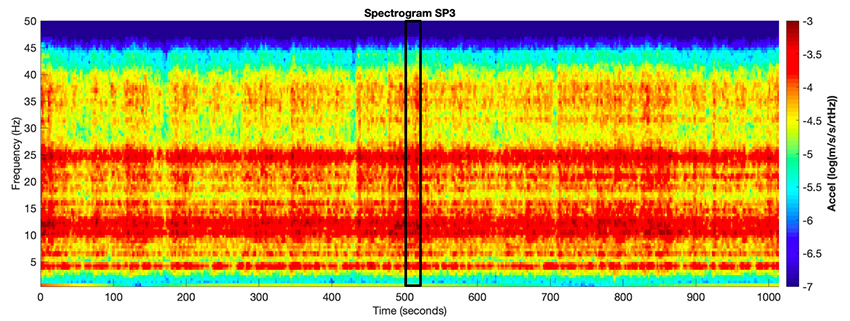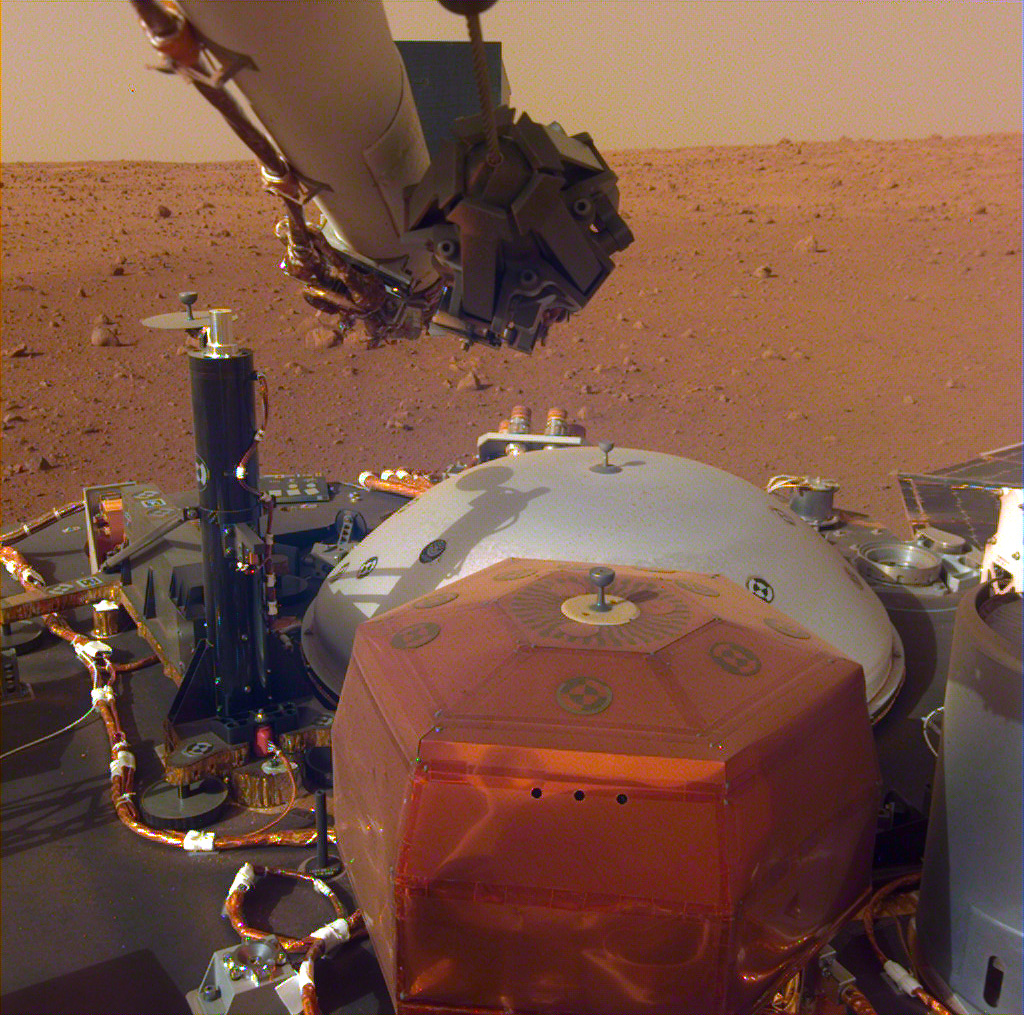First sound recordings of Mars by the InSight probe
The short-period (SP) sensors on the SEIS seismometer and the ultrasensitive pressure sensor on InSight's APSS weather station have probably just returned the first sounds ever recorded on the Red Planet.

Publication date: 01/12/2018
General public, Observatories, Press, Research
Related observatories : InSight Observatory
Related themes : Earth and Planetary Interiors








